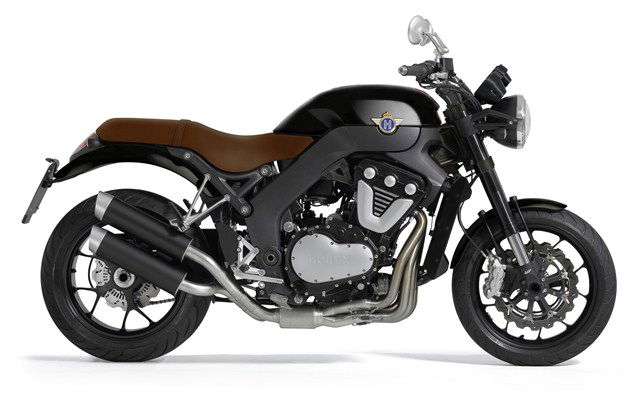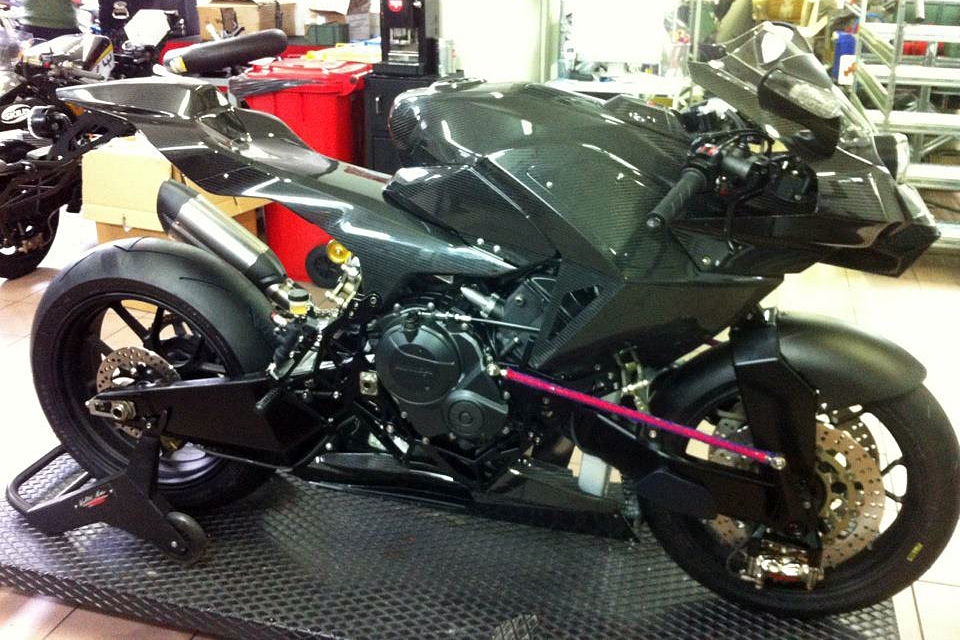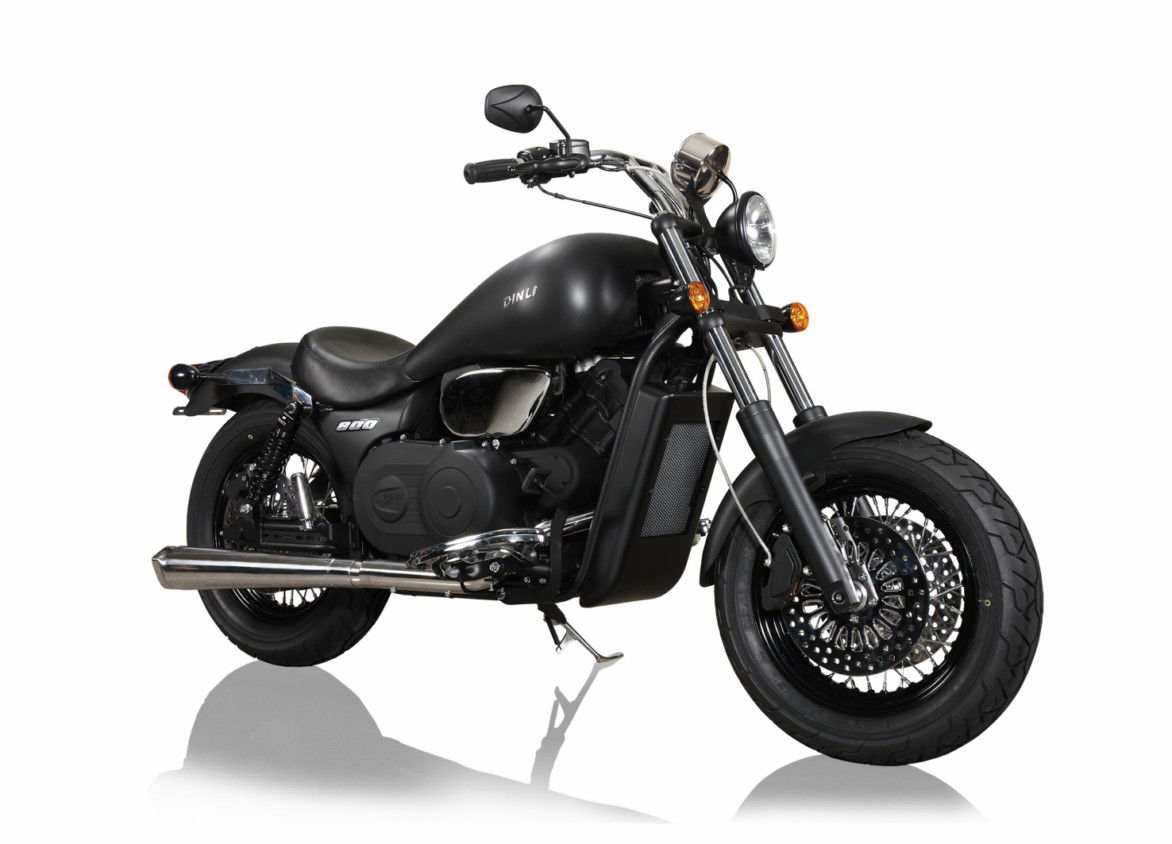Horex VR6 Roadster delayed
Emissions woes push production of radical V6 back to next month

GERMAN firm Horex has announced that its V6-engined roadster is going to go into production next month instead of this month after deciding to fit extra emissions-control equipment to the bike.
The machine uses a unique narrow-angle V6 with three camshafts, and is also eventually due to be offered in supercharged form with more than 200bhp. The initial version is naturally-aspirated, with 'only' 161bhp from its 1218cc six-cylinder engine.
Here's the official announcement:
Horex production launch scheduled for May
Augsburg. Horex has decided to equip the new VR6 Roadster with a secondary air injection system designed to reduce exhaust gas emissions. This will ensure the new six-cylinder motorcycle meets future emission standards. But the technical adaptation and additional parts will delay the production launch until the end of May 2012.
Except for a few pieces of the "puzzle", all of the key components required to start series production of the new VR6 motorcycle are in stock or on their way to the Horex factory in Augsburg. Nevertheless, the team headed by Horex CEO Clemens Neese has been forced to reschedule the production launch. The first VR6 Roadsters will be manufactured at the end of May 2012.
The delay is a result of two factors. One of them is the tight delivery situation of important parts due to high demands being placed on automotive suppliers. "We have been repeatedly faced with delays that could only be alleviated by incurring significantly higher costs," said Neese. The second factor was the emission levels achieved in the homologation testing. In contrast to the pre-series engines, the dynamometer tests showed that emissions from engines equipped with standard parts were too close to the upper limits.
In order to ensure that all figures are within the acceptable emission tolerance range, the Horex team decided to forego technical compromises and equip the engines with a secondary air injection system (SAIS) in addition to the dual catalytic converters. This means that the new HOREX engine will not only comply with today's requirements, it will also meet more stringent emissions standards in the future. In terms of emissions, the Horex VR6 will be one of the most advanced engines on the market.
"This technically sophisticated solution cost us a little more time, but it puts us on the safe side," said Neese. "This is important: everything on the engine we are bringing to market is perfectly matched." The decision to integrate an SAIS means additional expenditures in terms of engine design, fine-tuning and parts procurement. It will also require an additional series of emissions tests to complete homologation for the Horex. The decision to add an SAIS to the Horex VR6 engine played a key role in rescheduling of the series production start.
"Changing our production plan was anything but easy," explained Neese. "But our ultimate goal is to introduce the new Horex in the best-possible quality. Since we are unwilling to compromise on this point, we decided to reschedule the production launch."
Secondary air injection system
A secondary air injection system (SAIS) reduces exhaust gas emissions by injecting fresh air from the intake manifold into the engine's exhaust ports. This system uses atmospheric oxygen to oxidize harmful components, including carbon monoxide (CO) and unburned hydrocarbons (HC), and convert them into carbon dioxide (CO2) and water. This chemical reaction increases the exhaust gas temperature. The catalytic converters reach operating temperature faster and achieve the best possible exhaust gas purification.


